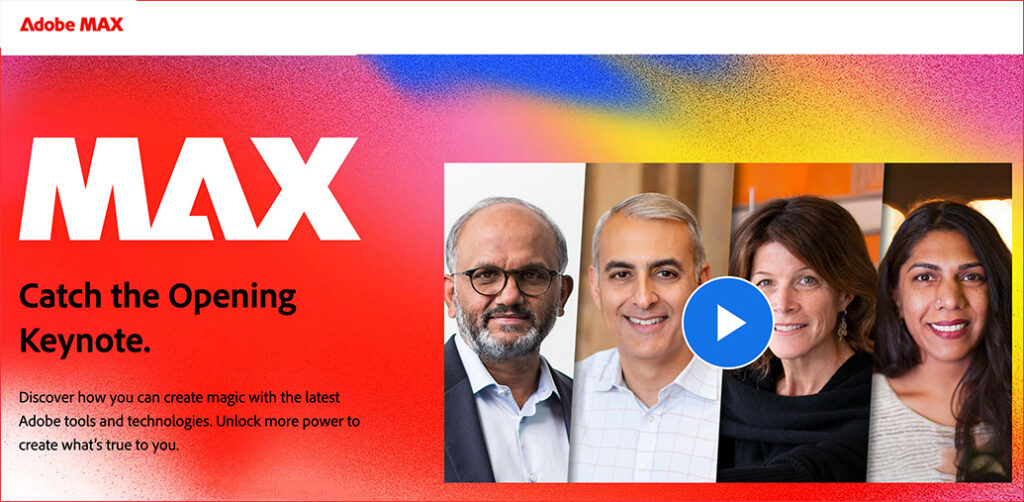Employers Say Students Need AI Skills. What If Students Don’t Want Them? — from insidehighered.com by Ashley Mowreader
Colleges and universities are considering new ways to incorporate generative AI into teaching and learning, but not every student is on board with the tech yet. Experts weigh in on the necessity of AI in career preparation and higher education’s role in preparing students for jobs of the future.
Among the 5,025-plus survey respondents, around 2 percent (n=93), provided free responses to the question on AI policy and use in the classroom. Over half (55) of those responses were flat-out refusal to engage with AI. A few said they don’t know how to use AI or are not familiar with the tool, which impacts their ability to apply appropriate use to coursework.
But as generative AI becomes more ingrained into the workplace and higher education, a growing number of professors and industry experts believe this will be something all students need, in their classes and in their lives beyond academia.
From DSC:
I used to teach a Foundations of Information Technology class. Some of the students didn’t want to be there as they began the class, as it was a required class for non-CS majors. But after seeing what various applications and technologies could do for them, a good portion of those same folks changed their minds. But not all. Some students (2% sounds about right) asserted that they would never use technologies in their futures. Good luck with that I thought to myself. There’s hardly a job out there that doesn’t use some sort of technology.
And I still think that today — if not more so. If students want good jobs, they will need to learn how to use AI-based tools and technologies. I’m not sure there’s much of a choice. And I don’t think there’s much of a choice for the rest of us either — whether we’re still working or not.
So in looking at the title of the article — “Employers Say Students Need AI Skills. What If Students Don’t Want Them?” — those of us who have spent any time working within the world of business already know the answer.
#Reinvent #Skills #StayingRelevant #Surviving #Workplace + several other categories/tags apply.
For those folks who have tried AI:
Skills: However, genAI may also be helpful in building skills to retain a job or secure a new one. People who had used genAI tools were more than twice as likely to think that these tools could help them learn new skills that may be useful at work or in locating a new job. Specifically, among those who had not used genAI tools, 23 percent believed that these tools might help them learn new skills, whereas 50 percent of those who had used the tools thought they might be helpful in acquiring useful skills (a highly statistically significant difference, after controlling for demographic traits).
Source: Federal Reserve Bank of New York













